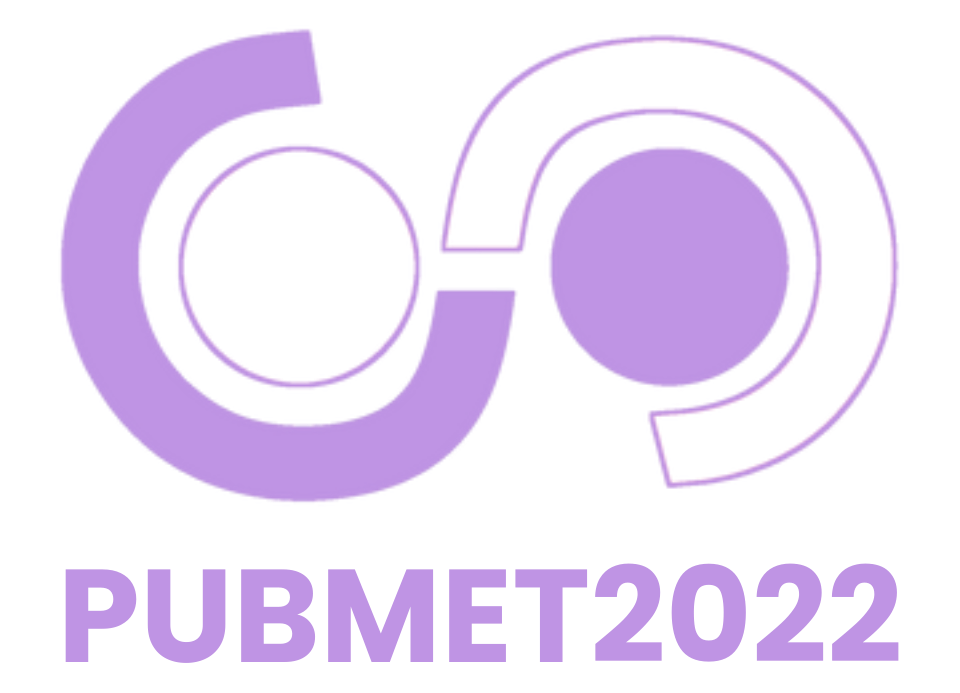Current state of the preprint servers’ web accessibility

Background: The concept of open science is related to several domains: open research data, open communication infrastructures, new metric indicators of scientific quality and impact, open and early sharing of scientific publications, concern for scientific integrity and public involvement in the scientific process (Open Science Factsheet, 2019). Early sharing of scientific publications is made possible by the open science infrastructure – preprint servers (Fu & Hughey, 2019). Preprinting is an open science practice that allows the deposition and distribution of manuscripts (preprints) before submitting them to a journal and being formally peer-reviewed (Baždarić et al., 2021). Accessibility is a core human right and a priority of the World Wide Web Consortium, although openness and early sharing are achievable even if this is not practicable for persons with various disabilities (15% of the population): visual, verbal, etc. (Campoverde-Molina et al., 2021).
Aim: We aimed to test the web accessibility of preprint servers.
Methods: We have tested 54 preprint servers (ASAP bio list; https://asapbio.org/preprint-servers) homepages with the WAVE Web Accessibility Evaluation Tool (https://wave.webaim.org/). The automatic detection is a common method and WAVE (WCAG (Web Content Accessibility Guidelines ) 2.0 and WCAG 2.1) is one of the most used tools to test web accessibility (Campoverde-Molina et al., 2021). WAVE results are grouped into 6 categories: Errors, Contrast Errors, Alerts, Features, Structural Elements and ARIA.
Results: Out of 54 servers, 47 preprint servers’ homepages were checked because 7 pages could not be tested. Most frequent Errors based on WCAG 2.1 are: 2.4.4 Link Purpose In Context (49%) and 1.1.1 Non-text Content (47%). Almost half sites (45%) have Contrast Error (WCAG 1.4.3). Alerts are mainly related to 1.3.1 Info and Relationships (74%), 2.4.6 Headings and Labels (66%) and 2.4.1 Bypass Blocks (60%). Features errors are related to 3.1.2 Language of Parts (89%) and 1.1.1 Non-text Content (62%). Results for measure Structural elements are all over 60%: 1.3.1 Info and Relationships (68%), 2.4.1 Bypass Blocks (68%) and 2.4.6 Headings and Labels (64%). For measure ARIA only 4.1.2 Name, Role, Value (53%) have results over 50%.
Conclusion: There is still space for further improvements on Web Accessibility on preprint servers, but also investigation with manual detection is needed to overcome possible mismatch by an automated tool.
Igor Dobrača
Juraj Dobrila University of Pula
Pula, Croatia
ORCID ID: 0000-0001-7189-2294Matej Majdandžić
University of Rijeka, Faculty of Medicine
student
Rijeka, CroatiaMario Malički
Meta Research Innovation Center at Stanford (METRICS)
Stanford, CA, USA
ORCID ID: 0000-0003-0698-1930Ksenija Baždarić
University of Rijeka, Faculty of Medicine
Department of Medical Informatics
Rijeka, Croatia
ORCID ID: 0000-0002-2977-3686
